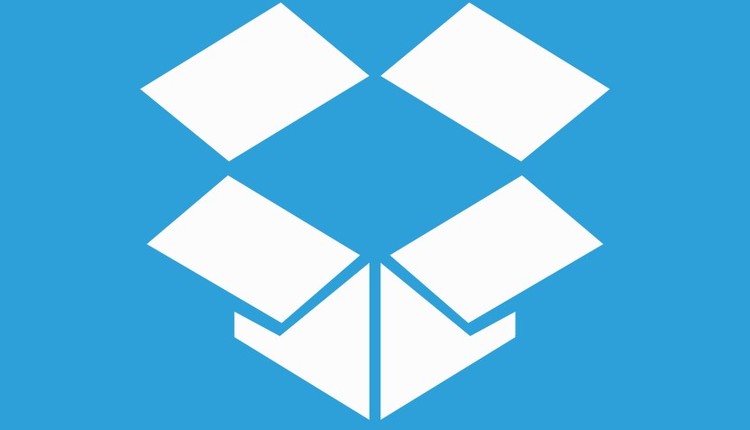
Image by: triloks, ©2019 Getty Images
Fax is an agile and flexible technology that remains at the heart of document-based workflows. Not only is fax still heavily used within organizations today, it will continue to grow in the coming years.
According to a recent IDG MarketPulse survey, 44% of respondents report they still use traditional paper-based faxing. More than a quarter of these users say the volume of paper-based faxes will remain the same, while another quarter expect it to increase. With an array of file sharing options available, this begs the question: Why is such an antiquated method, like the fax machine, still so popular?
Enterprise Fax: Have We Created a "Paper Tiger"?
Many organizations are plagued with legacy systems that have made paper-based faxing the most trusted option for years, but have we created a "paper tiger" along the way? The Chinese describe a paper tiger as something that appears powerful but is actually quite ineffective.This has to be an excellent summary of manual, paper-based faxing. The cost and efficiency challenges surrounding this approach have been well understood for literally decades. In fact, IDG’s survey of top information technology (IT) decision makers underlines the awareness of these drawbacks. When asked, human error topped the list of challenges when processing fax-based content. Respondents put loss of productivity and rework due to missing or lost information not far behind. So, companies do have an understanding that they have a "paper tiger" in their midst with manual fax processes.
Enterprise Fax Is Going Digital Quickly
However, there’s a growing movement toward digital faxing. While almost half of workers still use manual faxing, this figure is significantly down from 2017 (when analysts found that 60% of respondents used paper-based fax processes). This is almost a 30% decrease in two years.
©OpenText
This rapid transition can be attributed to the need for seamlessly integrating fax into digital workflows. Digital fax solutions allow for better and more effective control of data and enable end-to-end processing with enterprise applications.
However, with the growing threat of cyberattacks, security has become a massive concern for companies implementing enterprise fax. The IDG report found that 80% of respondents put improving the security of fax content exchange at the top of their concerns, and 88% put fax security as their primary challenge.
As more organizations look to the power, scalability, and cost benefits of the cloud, we’re seeing an increase of hybrid fax deployments that enable workflows to be split between on-premises fax servers and cloud services. A hybrid solution allows the enterprise to ensure data integrity and security and integrate seamlessly into digital processes and workflows with the flexibility and scalability of the cloud.
The watertight security and compliance capabilities of hybrid fax deployments make the transition to digital fax attractive for every enterprise. Who knows? In another two years, we may finally have said goodbye to paper.
Security: The Driver and Inhibitor of Enterprise Fax
One of the key benefits of enterprise fax is that it's always been inherently secure and helps drive compliance. It provides an easy means of tracking documents, providing a high level of confidence that a document has been sent and received with an auditable trail. It offers proven, secure transmission of legally binding documents—ensuring compliance with industry regulations, such as the Health Insurance Portability and Accountability Act (HIPAA) and Sarbanes-Oxley Act (SOX).However, with the growing threat of cyberattacks, security has become a massive concern for companies implementing enterprise fax. The IDG report found that 80% of respondents put improving the security of fax content exchange at the top of their concerns, and 88% put fax security as their primary challenge.
As more organizations look to the power, scalability, and cost benefits of the cloud, we’re seeing an increase of hybrid fax deployments that enable workflows to be split between on-premises fax servers and cloud services. A hybrid solution allows the enterprise to ensure data integrity and security and integrate seamlessly into digital processes and workflows with the flexibility and scalability of the cloud.
The watertight security and compliance capabilities of hybrid fax deployments make the transition to digital fax attractive for every enterprise. Who knows? In another two years, we may finally have said goodbye to paper.
Erik Enderson is a Senior Manager of Product Marketing for the OpenText Business Network division. He has more than 18 years of experience in the B2B technology sector and 11 years of experience with OpenText fax solutions. For more information, visit www.opentext.com.









